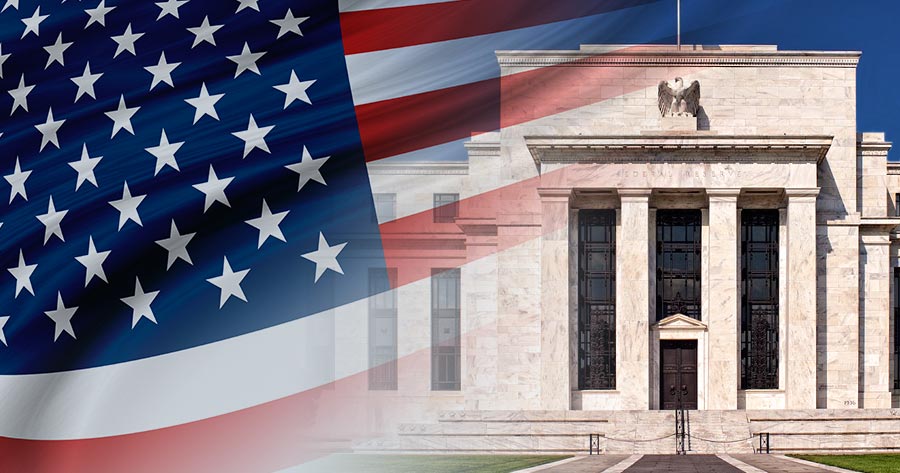The emerging scenario of slowing growth and persistent inflation in the U.S. economy is posing challenges for the Federal Reserve, creating a situation that may not be a complete nightmare but is certainly causing some concern.
Data released for the first quarter revealed that the U.S. economy expanded at a sluggish pace of 1.6% annually, the slowest rate in almost two years, with inflation running at nearly double the rate of the previous quarter and hitting a one-year high.
The combination of these two factors suggests a mild stagflationary environment that is likely to complicate policymaking in the upcoming weeks and months.
Though this turn of events was unexpected, it was not entirely surprising to some analysts. “We have seen a U.S. economy that has not only defied expectations, but I would say defied conventional logic in recent months and grown at a very solid pace that you would think is probably not attainable this deep and this long after the Federal Reserve starting hiking interest rates,” stated Matthew Ryan, head of market strategy at global financial services firm Ebury.
However, market reactions were sharp, with stocks declining, Treasury yields rising, and futures traders adjusting their expectations for Fed rates. A series of anticipated rate reductions have now dwindled, with the market revising its outlook from expecting six cuts to only one.
Analysts are now closely monitoring the personal consumption expenditures price index data to gauge the Fed’s response to the economic situation. Despite the weaker GDP number, experts believe that the Fed will be more focused on addressing inflation concerns in its decision-making process.
Although the recent GDP figure did not raise immediate alarm bells for some, concerns remain about certain sectors, such as inventory and federal government spending. Despite challenges like a strong dollar affecting capital equipment purchases and a rise in net imports impacting GDP, there are still signs of growth in sectors reflecting confidence in the economy.
Some firms, like Citigroup, maintain a dovish outlook for the Fed, predicting rate cuts in response to softer growth and dwindling fiscal stimulus support. However, opinions remain divided on whether the Fed will act on the present economic conditions or wait for further signals before making any policy adjustments.





